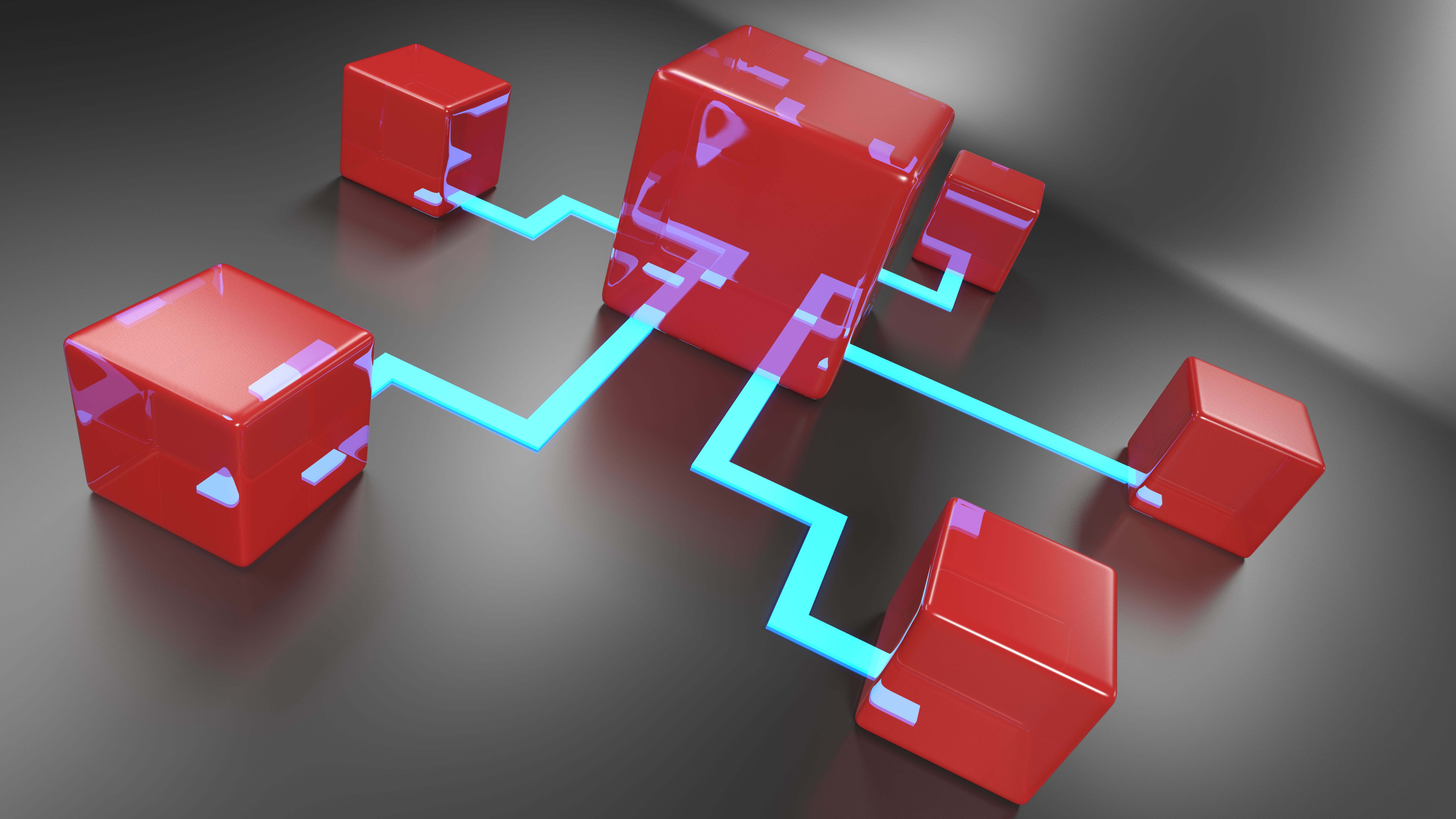Sharding Implementations Boost Throughput on Leading Blockchains
Understanding Sharding in Blockchain Technology
As blockchain technology continues to evolve, scalability remains a crucial challenge. One promising solution to this issue is sharding. Sharding is a method of splitting a blockchain network into smaller, more manageable pieces called shards. Each shard operates independently, processing its own transactions and smart contracts. This approach significantly enhances the network's throughput, allowing for a higher number of transactions per second (TPS).

The concept of sharding originates from database management systems, where it is used to distribute data across multiple machines. In the context of blockchain, sharding aims to reduce the load on individual nodes by distributing the workload, thereby improving overall performance and scalability.
How Sharding Works
Sharding divides the network into smaller shards, each responsible for processing a subset of the total transactions. Within a shard, nodes only need to maintain information relevant to that shard, reducing the amount of data they must store and process. This division allows multiple shards to operate in parallel, effectively increasing the network's capacity.
Each shard has its own set of validators, who are responsible for verifying transactions within that shard. Transactions are processed independently within each shard and periodically consolidated into the main blockchain to ensure consistency and security.
Benefits of Sharding for Blockchain Networks
Implementing sharding in blockchain networks offers several advantages:
- Increased throughput: By processing transactions in parallel across multiple shards, the network can handle more transactions per second.
- Scalability: Sharding enables blockchain networks to scale horizontally, accommodating more users and applications without compromising performance.
- Resource efficiency: Nodes within a shard only need to process data related to their specific shard, reducing computational load and storage requirements.

Challenges in Sharding Implementation
While sharding offers significant benefits, it also presents several challenges that need to be addressed for successful implementation:
- Complexity: Designing and maintaining a sharded network is more complex than a traditional blockchain, requiring robust coordination between shards.
- Security: Ensuring security across multiple shards can be challenging, as attackers might target individual shards to compromise the network.
- Inter-shard communication: Efficiently managing communication between shards is crucial to maintain consistency and integrity across the network.
Despite these challenges, several leading blockchains are actively exploring and implementing sharding solutions to enhance their networks' performance and scalability.
Real-World Applications of Sharding
Ethereum, one of the most prominent blockchain platforms, is at the forefront of sharding implementation. As part of its Ethereum 2.0 upgrade, the network plans to introduce sharding to address its scalability issues and support a broader range of decentralized applications.

Similarly, other blockchain platforms like Polkadot and Zilliqa have successfully integrated sharding into their architectures. These implementations demonstrate sharding's potential to transform blockchain technology into a more scalable and efficient system, paving the way for widespread adoption and innovation across various industries.
The Future of Sharding in Blockchain
The adoption of sharding is poised to play a pivotal role in the future of blockchain technology. As more networks implement this approach, we can expect a significant increase in throughput and scalability. This will enable blockchain platforms to support complex applications and services with ease, further driving innovation and growth in the industry.
With ongoing research and development, sharding will likely evolve, addressing current challenges and unlocking new possibilities for decentralized networks. The future looks promising as blockchain technology continues to advance with sharding at its core.
